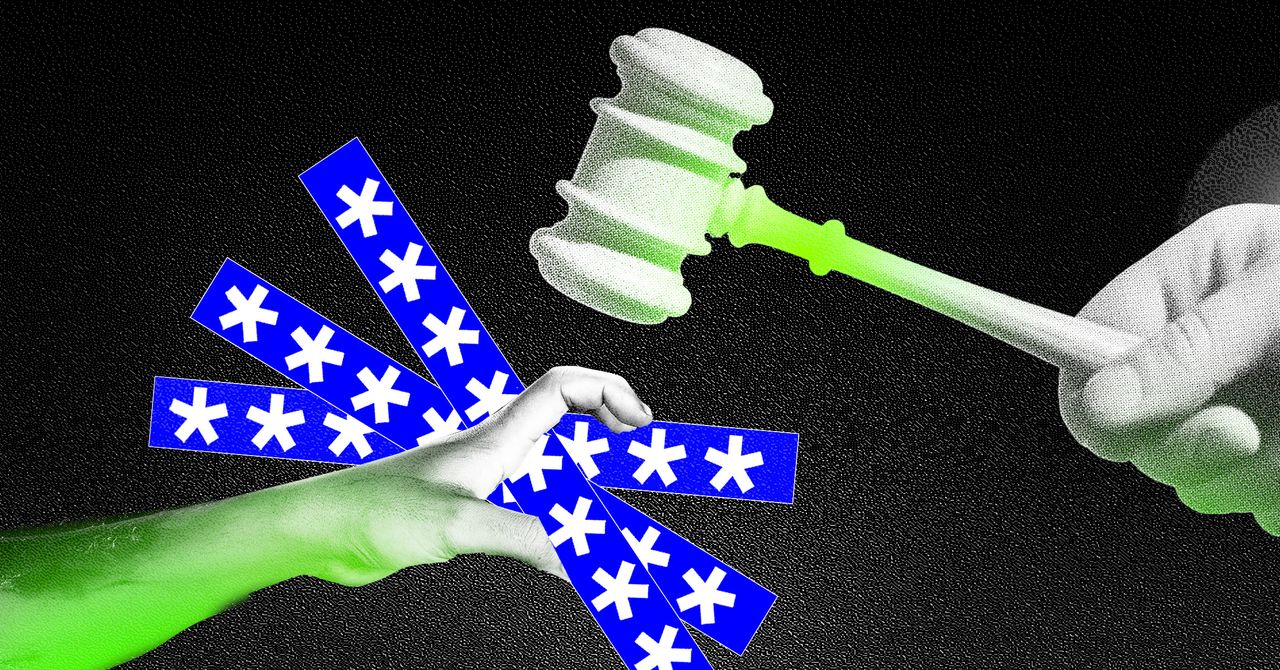A consortium of global law enforcement agencies and tech companies announced on Wednesday that they have disrupted the infostealer malware known as Lumma. One of the most popular infostealers worldwide, Lumma has been used by hundreds of what Microsoft calls “cyber threat actors” to steal passwords, credit card and banking information, and cryptocurrency wallet details. The tool, which officials say is developed in Russia, has provided cybercriminals with the information and credentials they needed to drain bank accounts, disrupt services, and carry out data extortion attacks against schools, among other things.
Microsoft’s Digital Crimes Unit (DCU) obtained an order from a United States district court last week to seize and take down about 2,300 domains underpinning Lumma’s infrastructure. At the same time, the US Department of Justice seized Lumma’s command and control infrastructure and disrupted cybercriminal marketplaces that sold the Lumma malware. All of this was coordinated, too, with disruption of regional Lumma infrastructure by Europol’s European Cybercrime Center and Japan’s Cybercrime Control Center.
Microsoft lawyers wrote on Wednesday that Lumma, which is also known as LummaC2, has spread so broadly because it is “easy to distribute, difficult to detect, and can be programmed to bypass certain security defenses.” Steven Masada, assistant general counsel at Microsoft’s DCU, says in a blog post that Lumma is a “go-to tool,” including for the notorious Scattered Spider cybercriminal gang. Attackers distribute the malware using targeted phishing attacks that typically impersonate established companies and services, like Microsoft itself, to trick victims.
“In 2025, probably following Redline’s disruption and Lumma’s own development, it has ranked as the most active module, indicating its growing popularity and widespread adoption among cybercriminals,” says Victoria Kivilevich, director of threat research at security firm Kela.
Microsoft says that more than 394,000 Windows computers were infected with the Lumma malware between March 16 and May 16 this year. And Lumma was mentioned in more than 21,000 listings on cybercrime forums in the spring of 2024, according to figures cited in a notice published today by the Federal Bureau of Investigation (FBI) and Cybersecurity and Infrastructure Security Agency (CISA). The malware has been spotted bundled in fake AI video generators, fake “deepfake” generation websites, and distributed by fake CAPTCHA pages.
Law enforcement’s collaboration with Microsoft’s DCU and other tech companies like Cloudflare focused on disrupting Lumma’s infrastructure in multiple ways, so its developers could not simply hire new providers or create parallel systems to rebuild.
“Cloudflare’s role in the disruption included blocking the command and control server domains, Lumma’s Marketplace domains, and banning the accounts that were used to configure the domains,” the company wrote in a blog post on Wednesday. “Microsoft coordinated the takedown of Lumma’s domains with multiple relevant registries in order to ensure that the criminals could not simply change the name servers and recover their control.”
While infostealing malware has been around for years, its use by cybercriminals and nation-state hackers has surged since 2020. Typically, infostealers find their way onto people’s computers through downloads of pirated software or through targeted phishing attacks that impersonate established companies and services, like Microsoft itself, to trick victims. Once on a computer it is able to grab sensitive information—such as usernames and passwords, financial information, browser extensions, multifactor authentication details and more—and send it back to the malware’s operators.




